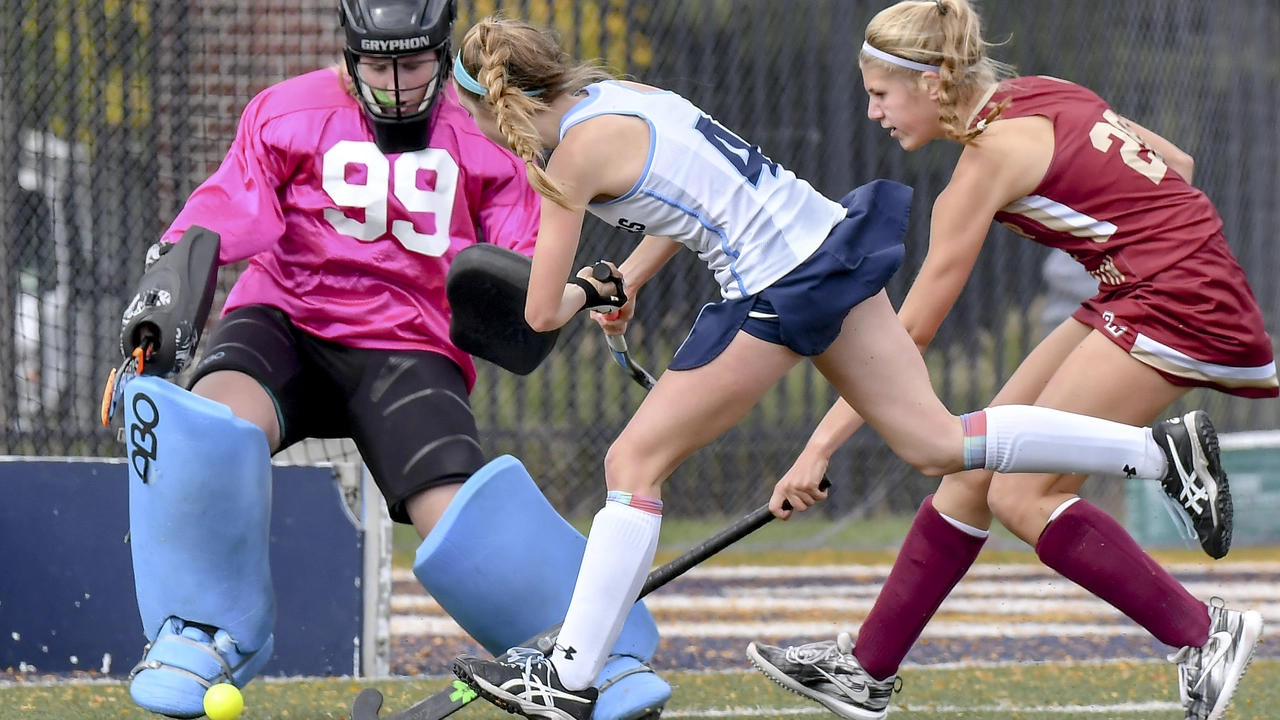Player Expulsion in Hockey: Rules, Reasons & Game Impact
Ever wondered what really happens when a player is tossed from the ice? In hockey, an expulsion means the player must leave the rink immediately and can’t return for the rest of the game. It’s more than just a penalty – it changes the lineup, the strategy, and sometimes the whole season.
Common Reasons for Player Expulsion
Fights are the most visible cause. When two players start throwing punches, referees often hand out a major penalty and a game misconduct, which forces the offenders out. Dangerous hits also lead to ejections; a hit to the head or a check after the whistle is taken very seriously. Other triggers include repeated minor penalties that show a pattern of misconduct, using illegal equipment, or verbally abusing officials. Even a single act like slashing a teammate’s face can result in an instant expulsion if the referee deems it severe enough.
What Happens After an Expulsion
Once a player is expelled, the team must play short-handed. That means the opposing squad gets a power play, increasing their chance to score. The expelled player also faces a review by the league’s disciplinary committee, which can hand out additional suspensions or fines. For the team, losing a key player can disrupt line combinations and force a coach to reshuffle lines on the fly. Fans feel the impact too, especially if the expelled player is a star or a team captain.
From a personal standpoint, an expulsion stays on the player’s record. Future games may carry stricter scrutiny, and repeat offenders often see longer suspensions. It’s a reminder that staying cool on the ice matters just as much as scoring goals.
If you’re a player trying to avoid expulsion, focus on three things: keep your emotions in check, know the rulebook, and respect the officials. A quick breather after a rough hit can stop a fight before it starts. Wearing approved gear and staying within the legal zone of play also cuts down on accidental ejections.
Coaches play a big role too. They can pull a hot‑headed player before things get out of hand, or remind the squad of the consequences during a timeout. Teams that manage discipline well usually keep more players on the ice and have better win percentages.
For fans, understanding why a player was expelled adds depth to the viewing experience. Instead of just seeing a red card, you get the context: a dangerous hit, a fight spiraling out of control, or a pattern of bad behavior. That knowledge makes the game more engaging.
Bottom line: player expulsion is a serious tool used to keep the sport safe and fair. It’s not just a penalty; it reshapes the game in real time. By knowing the triggers and the fallout, players can stay smarter on the ice, coaches can manage their rosters better, and fans can appreciate the drama behind each ejection.
In what case would a player be thrown out of a hockey game?
So, you're sitting on the edge of your seat, eyes glued to the hockey game and BOOM! Suddenly one of the players is making the walk of shame off the rink. What just happened? Well folks, there are a few ways a player can get the boot in hockey. If they're acting like a rough-and-tumble ruffian and throwing punches or they've racked up too many penalties, they're outta there. Or, they might have been a little too eager with their stick and caused an injury. Lastly, if they try any sly moves and disrespect the rules, the ref won't hesitate to give 'em the old heave-ho!
View More